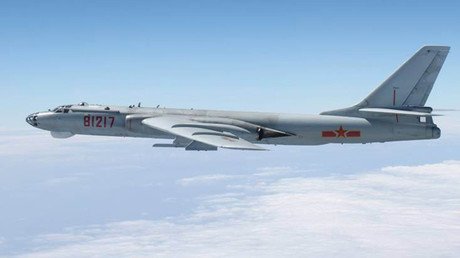Japan discovers Chinese ‘military’ radar on drilling rig in disputed waters, files protest

Japan has discovered a Chinese radar installed on a gas platform in the disputed East China Sea. Tokyo fears this could be a signal of Beijing’s intent to control the area through military means and has filed a complaint to China following the find.
Japan is concerned that the radar, reportedly like those used on patrol vessels and not on drilling rigs, could be a sign of China’s intentions to use its gas platforms in the East China Sea as military objects, the Japanese media report as cited by Reuters.
A Japanese foreign ministry spokesman said on Sunday that a protest note, urging Beijing to explain the radar’s purpose was filed two days earlier. The discovery of the installation was made in late June.
On Saturday, Tokyo delivered another protest to Beijing after China’s Coast Guard vessels escorted roughly 230 fishing boats which sailed close to the islands, with the move described by Japan as a violation of its sovereignty.
The waters, which are rich in oil and gas reserves, are currently claimed by China, Japan and South Korea with their 200-mile (370km) exclusive economic zones (EEZ), which overlap each other.
Ties between China and Japan have also been complicated by a dispute over a group of uninhabited islets and rocks in the East China Sea, known as the Senkaku islands in Japan and the Diaoyu islands in China.
The small islands, currently administered by Tokyo, are close to important shipping lanes, while the surrounding waters potentially contain lucrative oil and gas deposits.
Beijing has also been accused by the US and its south east Asian allies of militarizing the current situation in the South China Sea. China, Brunei, Malaysia, the Philippines, Taiwan and Vietnam all have territorial claims in the area.
Over the past few years, China has significantly developed its infrastructure on artificially created islands and reefs in the South China Sea. According to media reports, it includes radar installations, runways as well as elements of air defense systems.
Intense naval exercises and air encounters involving Chinese, US and regional militaries have taken place in the region. Washington says China restricts “freedom of navigation” in the South China Sea while Beijing insists that its control over the area is legitimate.













